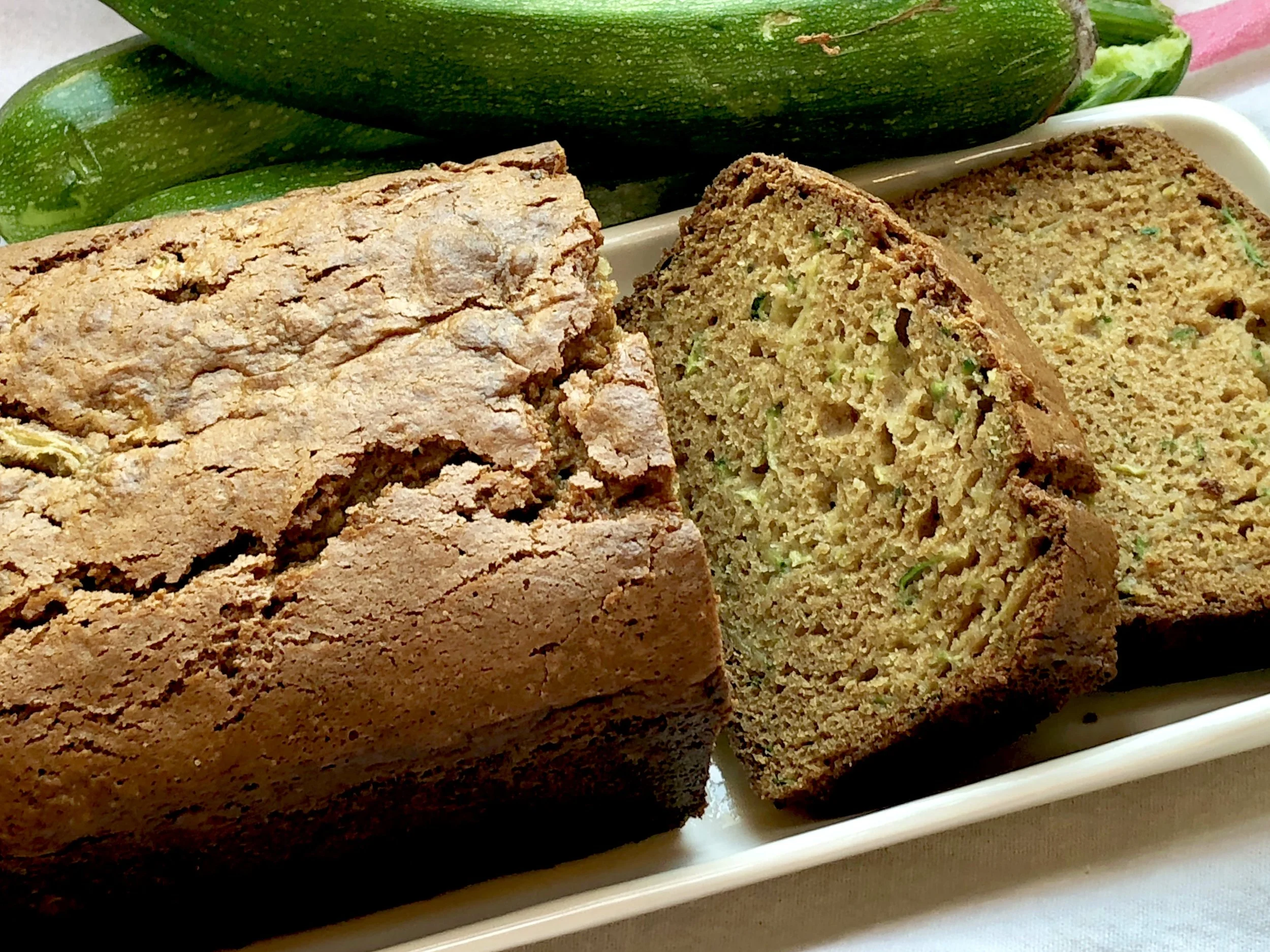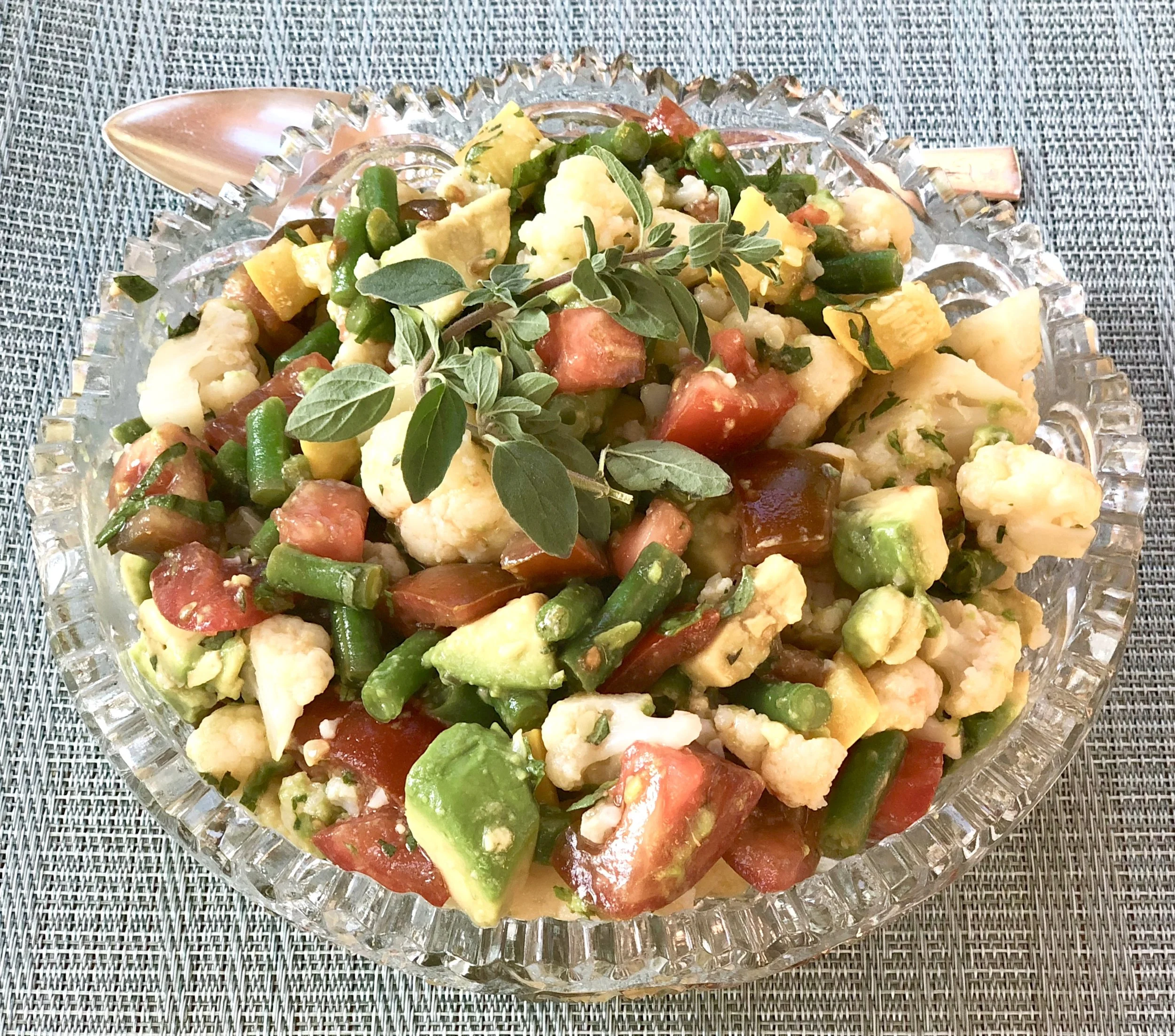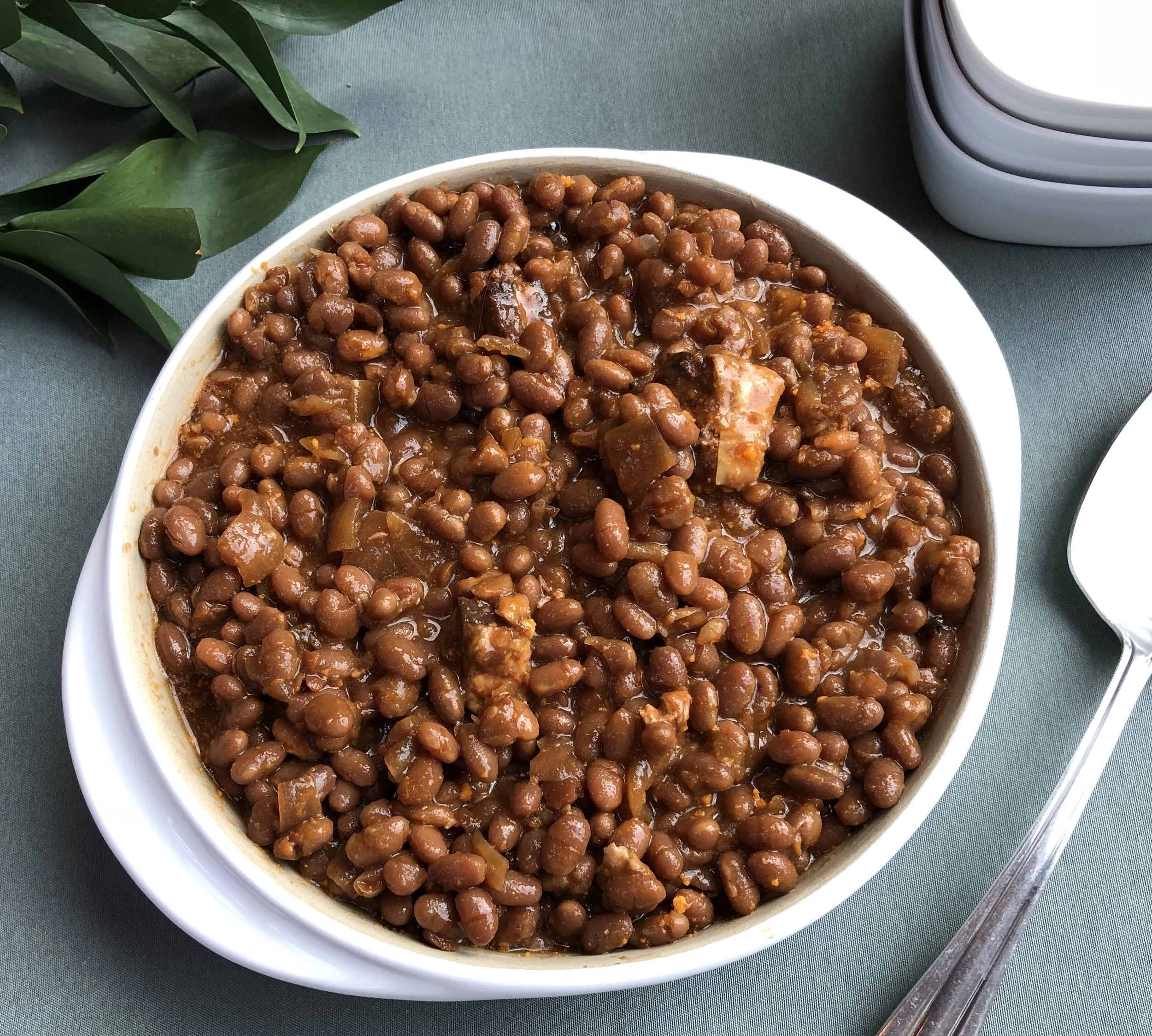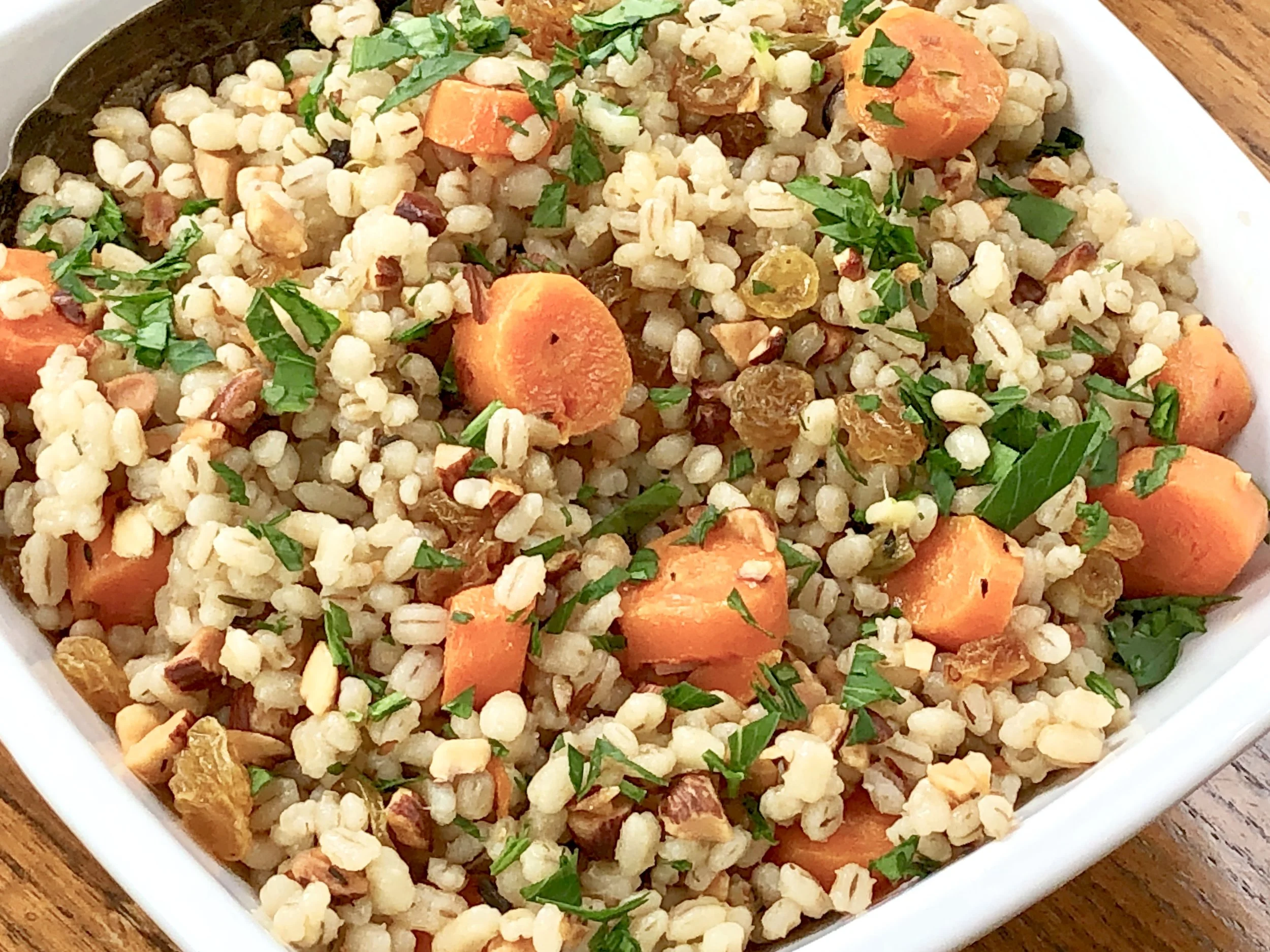I don’t often write about cookbooks, but every once in a while I find one that I like so well that I want to spread the news. Agents and publishers do send me books for review from time to time but I only recommend the ones that I find truly useful. “Food You Want” by Nealy Fischer, The Flexible Chef (DaCapo 2019) is one of those.
Most of the time it’s the recipes that catch my eye and stimulate my taste buds. But I like “Food You Want” because it has much more than good recipes. It is more or less a book that helps any home cook — novice or experienced — become comfortable in the kitchen, be unafraid to cook, enjoy planning meals and preparing food.
That has always been one of my life’s goals. My Mom made me comfortable in the kitchen. I have passed the lessons on to my children, grandchildren and numerous students who have shown up over the years for cooking lessons.
Fischer’s book sets out several ways to make meals easier and to gear recipes to one’s particular tastes and lifestyle. Her goal is to make home cooks feel “unshackled” to recipes and to use one’s creativity to suit preferences and limitations. The recipes are gluten-free because that suits her diet, but of course, for those who can tolerate gluten, she tells you how to switch.
The “flexible flips” at the end of the recipes show various ways to add or leave out an ingredient or two — substitutions; changing a dish from dairy to parve; what to do with leftover ingredients, etc. “Nail this” tips offer strategies for cooking each recipe you choose — what can be done in advance; temperature guides; when to let food cool before storing; when to drizzle rather than smooth ingredients with a spoon, and so on.
There are lots of kitchen hacks, advice on pantry, fridge and freezer staples and even advice on essential kitchen gadgets.
There’s advice on how to make a plan so that cooking becomes less chore, more joyous. Recipes for side dishes that don’t require recipes! Quickie 10-minute dinners! How to make baking flops into successes!
Did you know you could substitute chopped green olives for capers?? The book is filled with stuff like that.
So many wonderful sounding recipes too. I especially love the salads, especially the Cauliflower-Crunch Tabouli, which is perfect for summer; Minted Pea Soup with Roasted Beetroot; Showstopping Herb-Crusted Salmon; Guiltless Zucchini Fritters; Date-Bar Bites.
All in all — this is a wonderful guide for how to enjoy cooking, how to become more creative, how to adapt recipes, how to find joy in preparing meals — plus some delicious recipes!
CAULIFLOWER-CRUNCH TABOULI
STEPS: CHOP, TOSS! / Serves 6
There’s nothing ordinary about this stunning herb-specked, grain-free tabouli. Raw cauliflower and pine nuts take center stage and combine to add an unexpected and essential nuttiness and color that elevate the dish. This recipe takes just minutes to whip up and seconds to devour. It’s crunchy, fresh, and the very definition of craveable clean food that makes you want more. I really shouldn’t play favorites, but this salad may well be my favorite!
Tools: Food processor (optional)
Ingredients:
· 1/2 head purple or white cauliflower, core removed
· 3 Persian cucumbers, chopped
· 2 medium tomatoes, chopped
· 1 cup loosely packed fresh mint leaves, chopped
· 1 cup loosely packed fresh parsley leaves, chopped
· 2 tablespoons finely diced red onion
· 3 tablespoons extra-virgin olive oil
· 3 tablespoons fresh lemon juice
· 1 garlic clove, pressed (optional)
· Salt, to taste
· Freshly ground black pepper, to taste
· 1/2 cup chopped pine nuts, toasted
Directions:
1. In a food processor, chop the cauliflower into 1/4-inch pieces. Do not overprocess. Alternatively, chop it by hand.
2. In a large bowl, stir together the cauliflower, cucumber, tomato, mint, parsley, and red onion.
3. Toss the vegetables with the olive oil, lemon juice, and garlic (if desired). Season with salt and pepper to taste. Top with pine nuts just before serving.
4. Serve immediately, or it may be made an hour ahead. If making in advance, toss the pine nuts in right before serving so they stay crunchy.
nail this:
· Because the fresh, raw ingredients are the centerpiece here, only make this recipe when you have access to the freshest herbs and cauliflower.
· Nuts are crucial. They add an essential favor and crunch that are unexpected and should be included.
flip it:
· Use any color cauliflower you can find.
· Substitute another nut for the pine nuts. Toasted would be yummiest.
Add chopped anything! Red bell peppers and olives are favorite flavor profiles.









